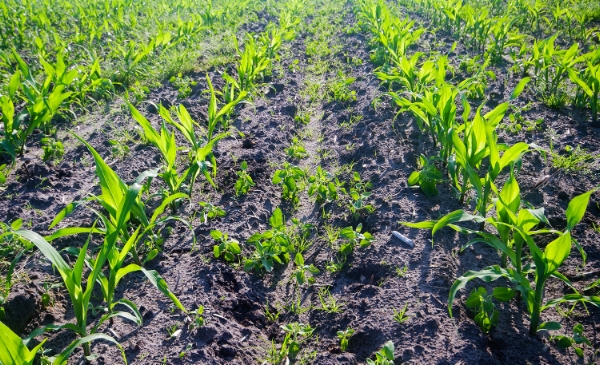Weed identification
Effective weed control will play a large part in how successful a maize crop is in terms of both yield and quality. Poor weed control can result in competition for water and space, as well as robbing the maize plant of available nutrients. Weeds can also provide a source of infection for disease and an environment for pests to multiply and infest a crop. From a quality perspective, weeds can take away grain yield and add low-quality forage into a silage stack.
Weed identification should begin prior to planting, with cropping plan decisions being taken to include particular weed issues.
Chemical resistance is being seen in some regions and there will be specific issues with differing locations and rotations that will require an individual approach to weed control.
The first step is identifying the weed, and the pictures below illustrate some of the more common weeds found in maize paddocks. For specific methods of control, please discuss this in more detail with your Corson Maize Sales Agronomist or retail representative.
WEEDS
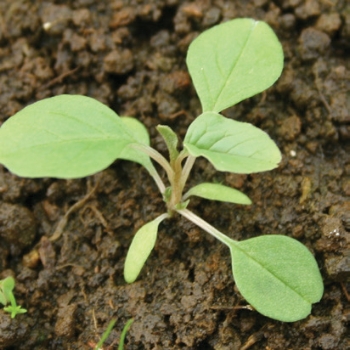
AMARANTHUS
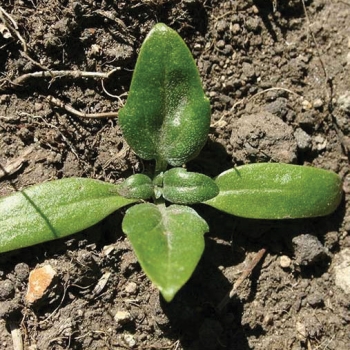
BATHURST BUR
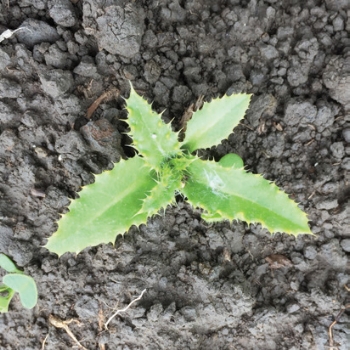
CALIFORNIAN THISTLE
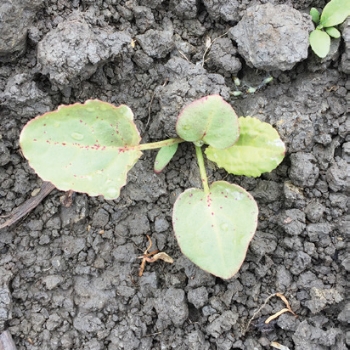
DOCK
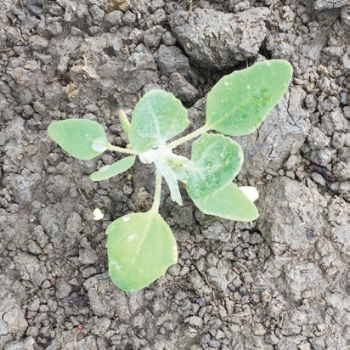
FATHEN
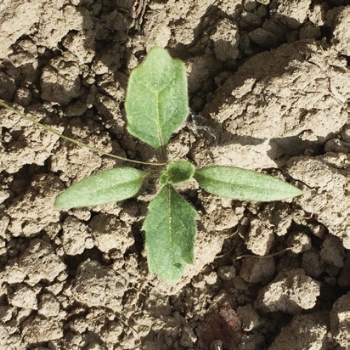
NIGHTSHADE
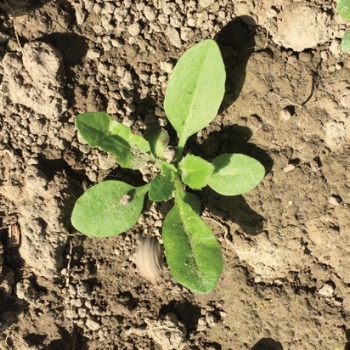
SHEPHERD'S PURSE
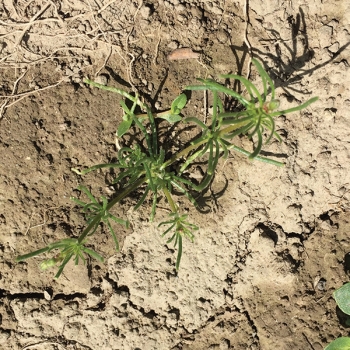
SPURREY
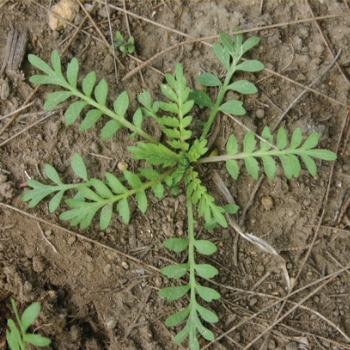
TWINCRESS #
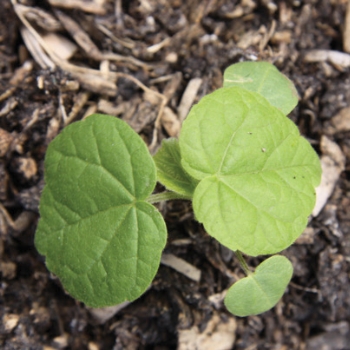
VELVETLEAF # *
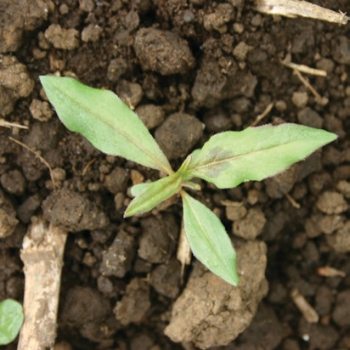
WILLOW WEED #
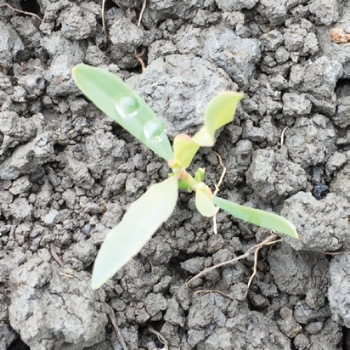
WIREWEED
GRASS WEEDS
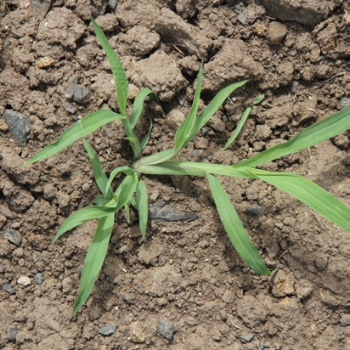
BARNYARD GRASS
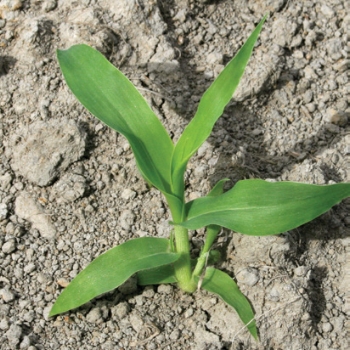
BROOMCORN MILLET
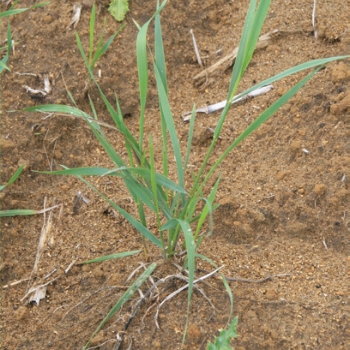
COUCH
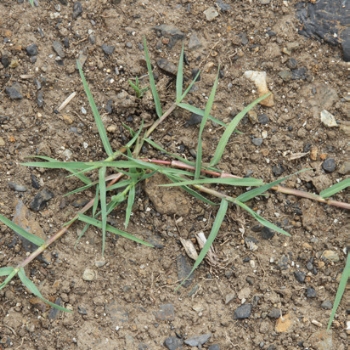
INDIAN DOAB
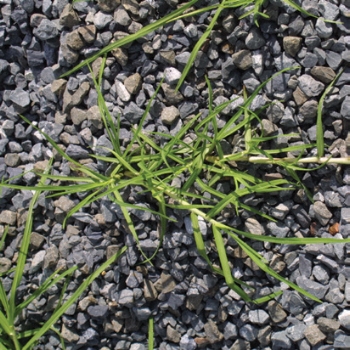
KIKUYU
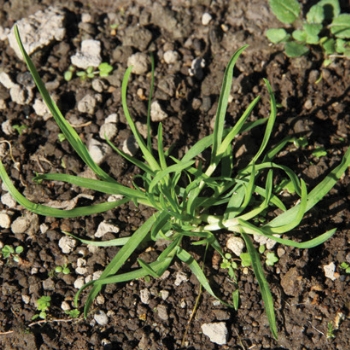
POA
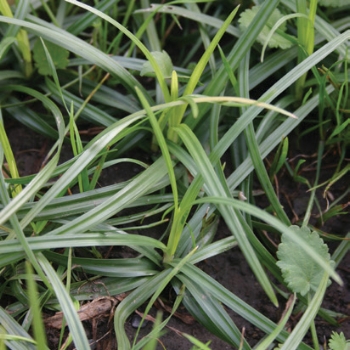
PURPLE NUT GRASS
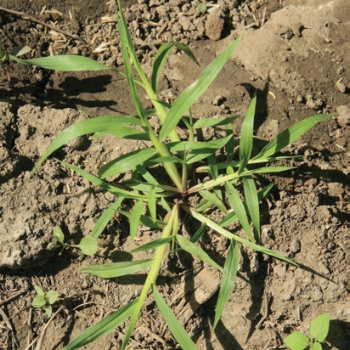
ROUGH BRISTLE GRASS
.jpg&Format=jpg&Width=350&Height=350&Compression=100&Crop=1&DoNotUpscale=1)
RYEGRASS (PERENNIAL)
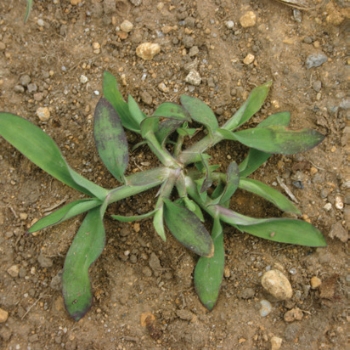
SUMMER GRASS
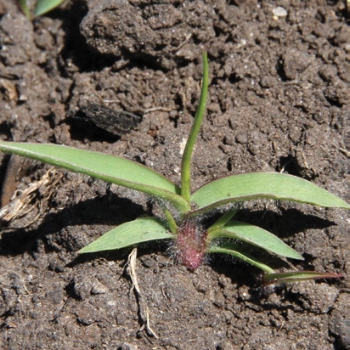
WITCH GRASS
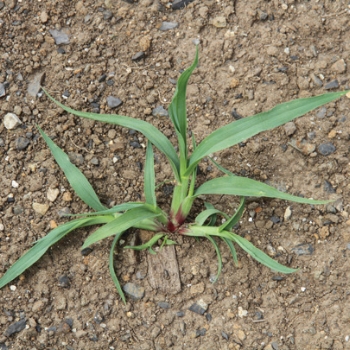
YELLOW BRISTLE GRASS
* Velvetleaf is a weed of major concern. If you find it on your farm, photograph it and call the MPI Pest and Disease hotline (0800 80 99 66)
# Twincress, velvetleaf and willow weed images supplied by Dr Trevor James
All Grass Weed images supplied by Dr Trevor James

